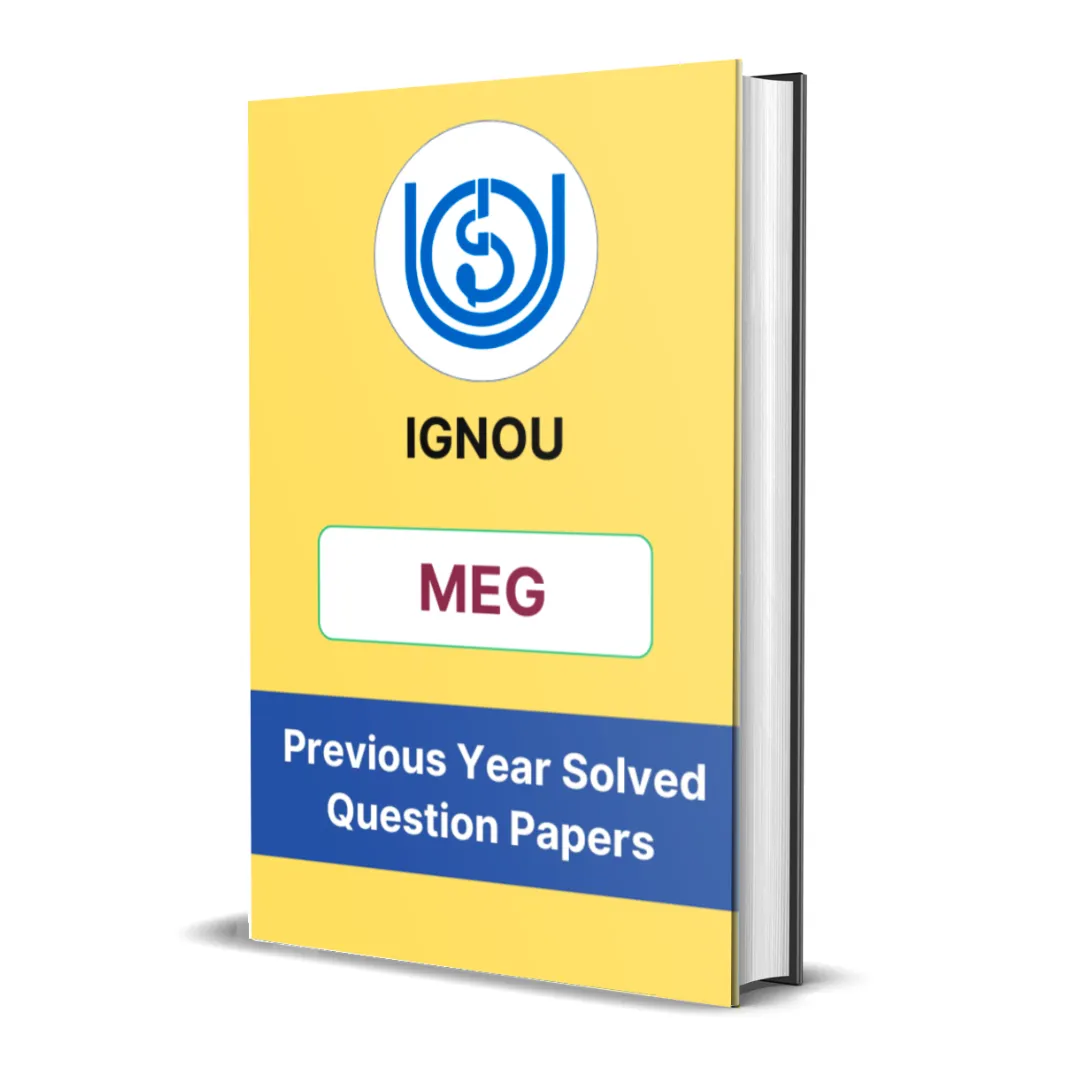Here you will get the detailed summary of IGNOU MEG 19 Block 3 – New Directions.
We have provided the summary of all units starting from unit 1 to unit 4.
Introduction
IGNOU MEG-19 Block 3, titled New Directions, traces the transformation of Australian literature in the mid-twentieth century, with a focus on Modernism and its impact on the Australian novel. This block marks a departure from traditional bush realism and nationalist narratives toward more introspective, psychological, and stylistically experimental forms. The central figure in this transition is Patrick White, Australia’s Nobel Laureate, whose work The Tree of Man exemplifies these evolving literary concerns. The block analyses his contribution to Australian literature through modernist techniques and thematic depth.
Unit 1 – Modernism and the Australian Novel
This unit introduces Modernism as a literary movement and examines its emergence in the Australian context.
Key highlights:
-
Modernism, with its emphasis on subjectivity, interiority, and form, challenged traditional storytelling.
-
Australian literature, though initially hesitant, gradually adopted modernist themes and styles, particularly post-World War I.
-
Characteristics of modernist influence in Australian novels:
-
Fragmented narratives
-
Psychological depth
-
Stream of consciousness
-
Symbolism and myth
-
-
Early modernist experiments in Australia appeared in the works of Christina Stead and later matured in Patrick White.
Modernism brought a philosophical and formal complexity to the Australian novel, reflecting global literary trends while still rooted in local realities.
Unit 2 – Patrick White as Novelist
This unit offers a critical overview of Patrick White (1912–1990), widely regarded as Australia’s greatest novelist and the first Australian Nobel Laureate in Literature (1973).
Key aspects of White’s writing:
-
Deeply influenced by European modernism, Freudian psychology, and spiritual inquiry
-
Themes often explore:
-
Existential struggle
-
Alienation
-
Spiritual emptiness
-
The search for meaning in mundane life
-
-
His characters are complex, often flawed, and seek transcendence in a fragmented world.
-
Known for dense prose, symbolic imagery, and philosophical undertones
Important novels:
-
The Tree of Man
-
Voss
-
Riders in the Chariot
-
The Solid Mandala
Patrick White redefined the Australian literary landscape, bridging national and international literary discourses.
Unit 3 – The Tree of Man: An Introduction
This unit introduces The Tree of Man (1955), one of Patrick White’s most important novels.
Summary and context:
-
The novel follows Stan and Amy Parker, a rural couple, across decades as they build a life on the fringes of civilization.
-
It presents a mythic version of ordinary life, turning the struggles of the common man into a universal narrative of endurance and meaning.
-
Themes include:
-
Human resilience
-
Time and memory
-
The sacred in the mundane
-
-
The novel moves between the real and the symbolic, blending the naturalistic details of rural life with philosophical reflections.
Narrative style:
-
Combines realism with symbolism
-
Frequent use of interior monologue and psychological insight
-
Evokes a sense of spiritual depth in everyday existence
Unit 4 – The Tree of Man: Industrialisation and Social Transition
This unit explores the novel’s engagement with industrialisation and the social changes reshaping post-war Australia.
Key concerns:
-
The shift from rural isolation to urban integration
-
Loss of spiritual values amidst material progress
-
Breakdown of traditional family and community structures
-
The Parkers’ journey reflects the broader transformation of Australian society, from pioneer simplicity to industrial modernity.
Important observations:
-
White critiques both the romanticised bush life and the dehumanising effects of modern industrial society.
-
The novel positions the Parkers as symbols of quiet heroism, surviving change with dignity and inner strength.
-
The landscape serves both as a physical backdrop and a metaphorical space for spiritual reflection and existential inquiry.

